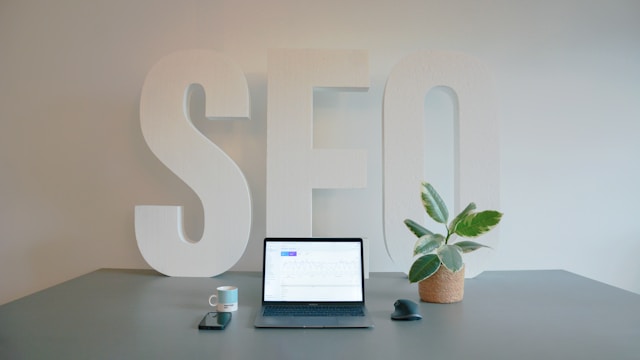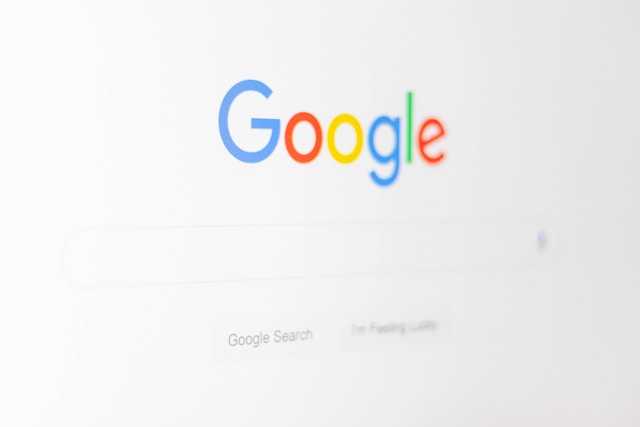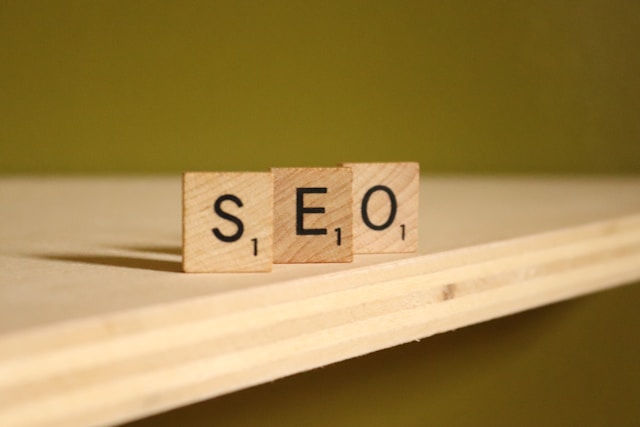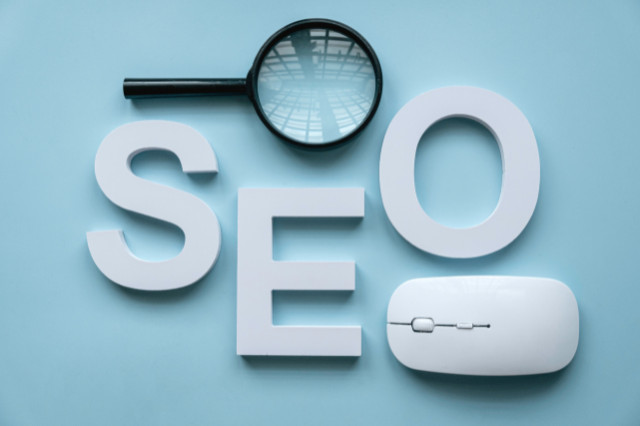SEO and SEM: A Comparative Study

Just stepping into the digital marketing world? You’ve likely heard the terms SEO and SEM being thrown around. Yet, many people confuse these two acronyms. For those diving into ink of Internet marketing, this article serves as your diving board, supplying you a comprehensive understanding of these two crucial strategies. Let’s blow the fog away and examine these two acronyms, their differences, and when to utilize each for optimal results.
First, let’s disassemble these acronyms. SEO stands for Search Engine Optimization, and SEM stands for Search Engine Marketing. At first glance, they appear quite similar. Indeed, they both aim to enhance your website’s visibility in search results. It’s essential, however, to understand that they achieve this goal in different ways and serve unique purposes.
- SEO: Free and organic. Yes, these are the remarkable characteristics of SEO. It’s about optimizing your website to achieve higher search listings. Plus, the reward is sustainable organic traffic. It demands a combination of high-quality content, keyword optimization, and a superior website user experience.
- SEM: SEM shines where instant results are required. SEM operates on a pay-per-click (PPC) advertising model. In simple terms, you pay for your ad to be displayed in the top spots on search engine result pages (SERPs). It’s fast, but bears a cost.
So, when should you employ SEO and SEM? The answer relies upon your company’s immediate needs and long-term goals. SEO is a marathon and SEM is a sprint. If the race is long, concentrate on SEO, but if you need quick results, SEM can be your game-changer.
Remember, digital marketing is not an either-or game, it’s about using the right tool at the right time. Both SEO and SEM can be vital assets in your marketing arsenal. With this understanding, you’re equipped to make more informed decisions and build a robust marketing strategy around these tactics.
Table of Contents
Understanding the Basics: What is SEO and SEM?
First off, let’s get a hold of the acronyms. SEO stands for Search Engine Optimization, a practice involving strategies, techniques, and tactics geared towards improving the visibility of a website in search engine results pages (SERPs), thus driving more ‘organic’ or unpaid traffic. Think of it as any effort to make your website more attractive and crawlable to search engines.
On the other hand, SEM or Search Engine Marketing encompasses SEO and other search marketing tactics that involve paid advertisements. Hence, while SEO focuses on organic success, SEM employs pay-per-click (PPC), paid search ads, and even paid search functions like Google Adwords. So, an SEM strategy might involve both aspects of SEO strategies and paid advertisement campaigns.
Essentially, think of SEO as a component of the broader SEM strategy. While they are two different tactics, they work best when combined in a cohesive digital marketing strategy.
Beyond the Acronyms: SEO and SEM
You’ve already gotten a bit familiar with the core concepts of SEO and SEM, but now it’s time to delve a little deeper into their specific differences. The most fundamental distinction is that SEO (Search Engine Optimization) is a component of the broader SEM (Search Engine Marketing) category. To oversimplify it, think of SEM as the umbrella, with SEO residing underneath that umbrella, along with Pay-Per-Click (PPC) advertising.
So, what sets SEO and SEM apart? The primary contrast lies in where these strategies focus their efforts. SEO primarily zeroes in on improving organic search rankings, while SEM is more about advertising and promoting your website through PPC campaigns and other paid search strategies. With SEO, the focus is long-term, aiming to improve your search engine rankings organically over time. On the other hand, SEM results come much faster, as paid ads can be set up and start running in a matter of hours, resulting in immediate increased visibility.
Perhaps another significant difference between SEO and SEM is the cost implications. SEO might be cost-effective in the long run but requires a substantial investment of time and effort upfront. SEM can lead to instant results, but every click on your advertisement costs money, hence the term PPC.
The choice of SEO or SEM in your marketing strategy will largely depend on the nature of your business, the competitive landscape, and financial capabilities. It’s always recommended to carefully assess these factors to decide which strategy, or combination thereof, will yield the best results for your individual needs.
Understanding the nuances of SEO and SEM can be a game-changer for your digital marketing strategy, equipping you to make informed decisions and steer your business on the path to success. By mastering these strategies, you’ll find yourself at an advantageous position, able to navigate the digital marketing terrain with more confidence and competence.
Unlocking the Mysteries of SEO
SEO, simply put, stands for Search Engine Optimization. But there’s a lot more to it! It’s an ongoing effort that aims at improving your website’s organic traffic – the amount of visitors that naturally find your way to your platform through search engines like Google.
Now, how does SEO and SEM work? It’s all about leveraging algorithms. Search engines like Google gauge the relevance and quality of your content against keywords users are searching for. By optimizing your site with well-chosen keywords, quality content, and technical enhancements, you boost its visibility in organic search results. This might feel like you’re trying to decode the Google algorithm, but fret not. With a focus on building robust content and providing value to the visitor, you’re on the right track.
Consider SEO as a marathon rather than a sprint. It usually takes several months to start seeing the fruits of your efforts. But once you manage to rank high for certain keywords, you’ll enjoy sustained traffic and better conversion rates. However, note that SEO requires continuity. Search engines frequently change their algorithms, and competitors continuously improve their websites. Thus, boosting and maintaining your organic ranking requires consistent effort and adaptation.
Despite the time it takes, the effort is worth it. SEO and SEM drives about 1000%+ more traffic than organic social media. This means that a well-optimized website draws a lot more visitors compared to distributing content on platforms like Facebook or Twitter. Moreover, 60% of marketers say that inbound (SEO, blog content, etc) is their highest quality source of leads. Therefore, investing your time and resources into SEO is worth it in the long term.
Delving into the Depths of SEM
As we journey deeper into SEM (Search Engine Marketing), it’s crucial to understand that it broadens your web presence by leveraging both organic and paid strategies. Unlike SEO and SEM, which exclusively focuses on organic ranking, SEM allows for a more targeted approach that involves purchasing ad spaces and fine-tuning your visibility on search engines.
This tactic commences meaningful interaction in no time. How fast, you ask? As rapidly as your ads can go live – which often occurs instantly after approval. This is one of SEM’s powerful selling points which makes it invaluable for emerging businesses seeking to establish an immediate online presence, or for time-bound campaigns.
One popular form of SEM is Pay-Per-Click (PPC) advertising. In this model, you only pay when a user clicks on your advert. It’s a viable marketing investment where the returns can be monitored and quantified.
Here’s something intriguing: do you know that SEO is actually a subset of SEM? That’s right! SEO and paid advertising (like PPC) both fall under the SEM umbrella. They work in synergy to keep your online presence robust.
The major area where SEM differs from SEO is the level of competition. While SEO scenarios involve vying for ranking with multiple competitors, SEM allows you to bid for a position in the paid ads section. This way, you can strategically calculate your investments to topple your competition.
Remember, in determining the best time to leverage either SEO or SEM, it’s important to consider your business goals, budget, and timeline. SEO is a marathon, SEM is a sprint. Both are vital, but their suitable application depends largely on your specific needs and circumstances.
Read more: Understanding and Adapting SEO to Google’s Algorithm Changes
Reference: https://searchengineland.com/guide/what-is-seo




